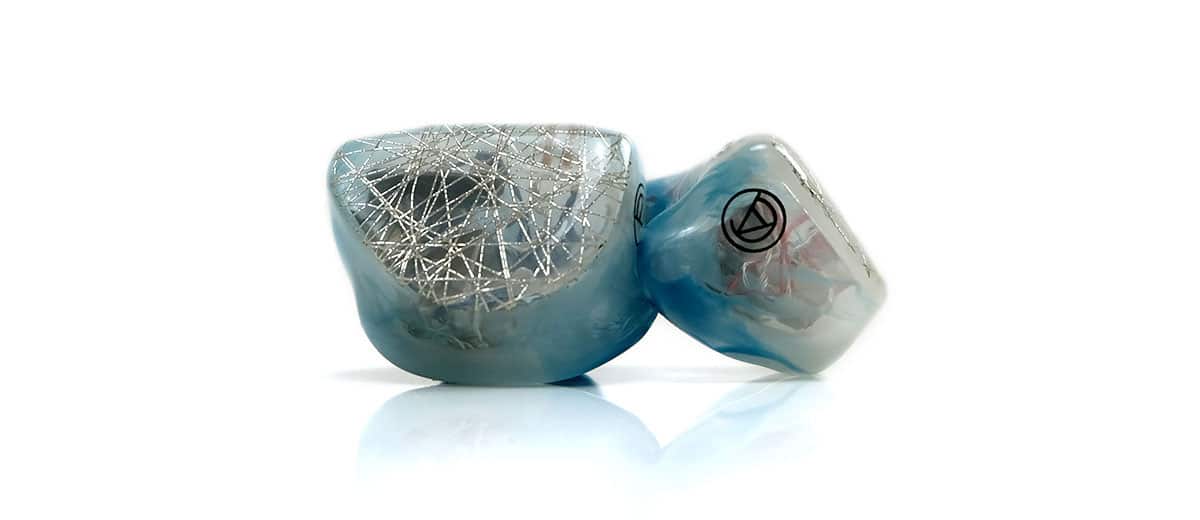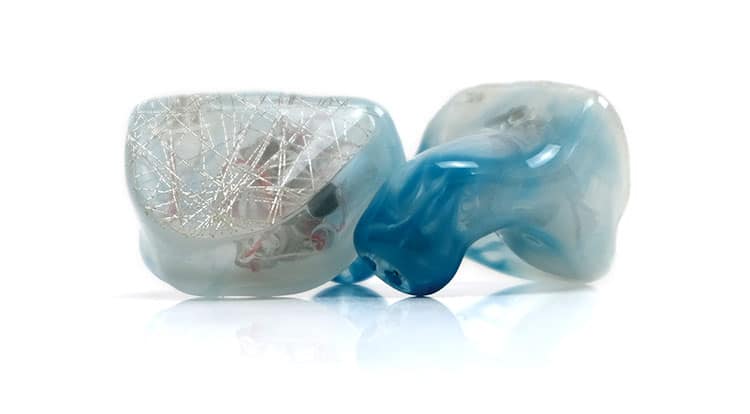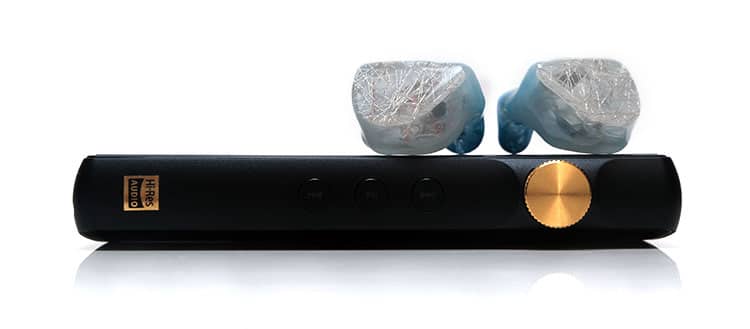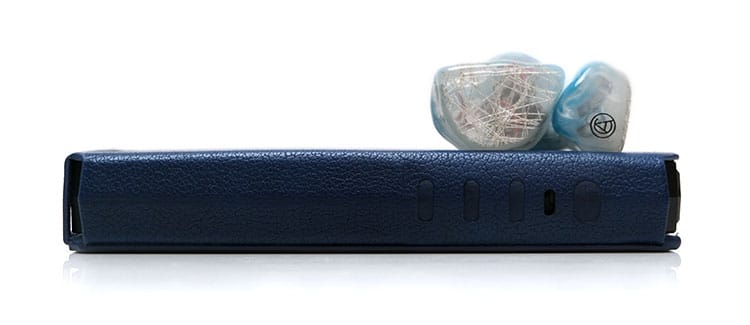Sound Impressions
Summary
The FIBAE 7 Unlimited is another dabble with the Harman Target, similar in some ways to the original on a timbral level, but this time it feels far more expansive and technically a bigger-sounding performer.
You get a beautiful natural tone but this time with a stronger low-end, a more relaxed midrange for those who felt the original 7 was too forward, and an improved or more balanced treble tuning.
This is a performance that pulls back from the relative intimacy of the original, improves the PRaT, and generally delivers a performance that tugs a little more at the heartstrings of those who like a bit more ‘drama’ in their music.
There are consequences to the change in tuning so preferences might come into play. Vocals are no longer as forward-sounding, in fact, they are relatively neutral in their imaging with less of a focus.
Fans of the original might miss that vocal-centric intimacy but those with a taste for the ‘bigger picture’ will appreciate the improved staging qualities of the FIBAE 7 Unlimited. That means more depth, better stereo imaging, and improved instrumental separation.
This is a monitor that pairs remarkably well with big-sounding genres. The likes of EDM, driving arena rock, and even some aspects of orchestral all feel like they have adequate room and space to sound quite convincing. Is it a dynamic driver level of power? No, but it will definitely catch your attention.
Frequency Response
The FIBAE 7 Unlimited FR has some hallmark Harman sensibilities but with just a few tweaks drawn from a mix of customer and industry feedback including CA’s own constant R&D.
On the low-end is just a few dB shy of a peak sub-bass output but compared to the original FIBAE 7 it is certainly more lifted creating a stronger sub-bass presence than before.
There is more of a traditional bass to lower-mids scoop from 100Hz to 500Hz creating a stronger perception of bass-to-mids separation but again, slightly above the Target curve by a few dB. That introduces a little bit more warmth so it is not so lean and thin sounding with a proper fundamental easily detectable.
Probably one of the core changes is the amount of pinna gain from 1-4k which has been reduced compared to the original. In fact, it is slightly below the Target Curve so I would term it as more relaxed though by no means recessed.
You could argue that the balance between the lows and mids has improved though vocals will sit further back in the mix in general. That will allow instruments that took a beat seat in the original’s tuning to flourish a bit more and further enhance your perception of a larger stage.
There are some upper mids to lower treble compensation which seems more lifted around 5-7k compared to the original stronger lower treble dip but it will still come across as quite natural in tone. Nothing is really swept up or amplified necessarily from the new tuning.
Neither the FIBAE Unlimited nor the original have any deviation really from that relaxed upper treble 7-10k fade. Perhaps the FIBAE 7 lingers a bit longer around 7-8k but the focus is more on the lower treble differences.
Timbre
The FIBAE 7 Unlimited sounds very evenly balanced and quite natural in terms of coloration. Despite increasing the lower treble presence this seems to be pleasantly balanced out by a softer pinna gain so the clarity is retained without any semblance of enhanced sibilance or percussion splashiness.
I suspect the lower treble drop on the original was more about compensating for the stronger 1-4k peak and ensuring brighter overtones didn’t upset the harmonic balance.
With the softer 1-4k peak on the new tuning, CA is free to give the upper mids and lower treble more of a lift bringing softer higher-frequency spatial elements to the fore without upsetting the mids tonal balance.
Compared to competing monitors such as the Vision Ears VE7 which have a stronger upper treble presence the harmonic balance of the FIBAE 7 Unlimited will sound smoother with a more rounded instrumental and vocal tone though. It is not quite as strongly emphasized at the very extreme ends of the FR.
The fundamental is improved from the original on lower pitching instruments. There is now much a more pronounced low-end response sounding fuller and denser than before. It is still not totally left off the hook with the punch and bloom beyond 200Hz gently pulled back for separation purposes.
You do get more warmth on the low-end as a result but it is not bleeding into the mids with that scoop which is important if you are going to relax the vocal presence and that 1-4k region in general. The last thing you want is a muddy mids which the FIBAE 7 Unlimited successfully avoids.
Staging & Dynamics
Bigger, more spacious sounding, and with improved instrumental separation. I admit, I have a soft spot for the vocal-focused intimacy of the original FIBAE 7 but that’s a personal preference for some of the music I listen to.
The staging switch-up kind of reminds me of a little of the differences between the Meze Audio Empyrean and the newer Elite. You lose the main calling card of the Empyrean’s strong vocal focus but in return, you get a lot more from everywhere else.
The FIBAE 7 Unlimited pulls you back from the intimacy of the original, offering instead a slightly more distant staging quality but with improved depth and a more coherent and ‘filled-in’ top-end presentation.
Instruments that floated behind the original’s vocal imaging now resonate a lot better. Distinct fluttery or subtle spatial cues are much easier to pick out also. And the bass! This is much fuller and further forward than before, underpinning beat-centric or fat synthwave notes with much better authority.
Overall, a fatigue-free but weighty staging performance, with very nice bass and mids balance. Nothing is overly cooked in terms of imaging skew with the only variable being the overall level of dynamics which I find to be more source dependent than anything else.
Synergy
Efficiency
The FIBAE 7 Unlimited is rated at 12Ω and 122dB SPL which though slightly higher resistance it is still a fair old jump in sensitivity over the original which was rated at 113dB.
However, via purely observational testing between the two using the iBasso DX240 and the Luxury & Precision P6 Pro in low gain SE mode, it was the original that sounded a little louder at volume-matched levels.
That may well be the additional load playing a stronger role there than I had anticipated but I would also suggest a lesser role for the overall tuning playing a part. The more subdued pinna gain or 2-4k region of the FIBAE 7 Unlimited might seem more relaxed sounding compared to the more forward and intimate original’s presentation.
You just might find yourself subconsciously pushing up the volume on the new when compared to the old if you enjoy a strong vocal focus and not simply due to the equally relevant sensitivity differences.
Noise is not an issue on the FIBAE 7 Unlimited, you will not find issues with background noise and of course, with the FIBAE technology higher than average output impedance from older DAPs and portable amps should not be a factor either. Microphonics on tube outputs from the likes of the iBasso DX320 is still detectable though.
Pairings
Coloration
I tested a total of 6 DAPs ranging from the mid-fi HiBy RS Gen 2 and iBasso’s DX240 to higher-end flagship models including the DX320 and FiiO’s M17. Overall, I felt the FIBAE 7 Unlimited to be fairly unflappable when it comes to retaining its own house sound.
You could argue that sources like the M17 and the DX240 will push it to a slightly more neutral coloration and a drier sound but you would only notice that if you are an avid DX320 NuTube fan which does give it either a sweeter or smoother timbre depending on which output you use.
Technically Responsive
It is really the technical side that comes alive with your respective pairing and here it would seem a bit of power and a good DAC does no harm at all to the FIBAE 7 Unlimited’s soundstage depth and resolving capability.
For example, the HiBy RS Gen 2 does far better than the neutral DX240 with AMP1 MKIII if you want pure slam on the low using its Class A mode.
Yet, the DX240 sounds clearer and calmer and resolves much better through the mids which I find to be a little more important for my tastes given the relaxed tuning of FIBAE 7 Unlimited’s midrange.
The same could be said also with the DX320 pairing with its low noise and maximized output performances.
I really enjoyed the depth and sweet overtone of the low noise output but I much preferred the punchier delivery of the higher-powered hybrid maximized pairing. It felt much more engaging placing me a bit closer to the stage whereas the low noise output listening felt more like a passive observation from afar.
You could also say the same for the M17 pairing which sounded wonderfully dynamic, holographic in part, and with the best punch of all the tested DAPs. I was expecting this one to sound perhaps a little hard-edged on the lower treble but surprisingly it keeps it quite nicely under control, even with brightly mixed tracks.




